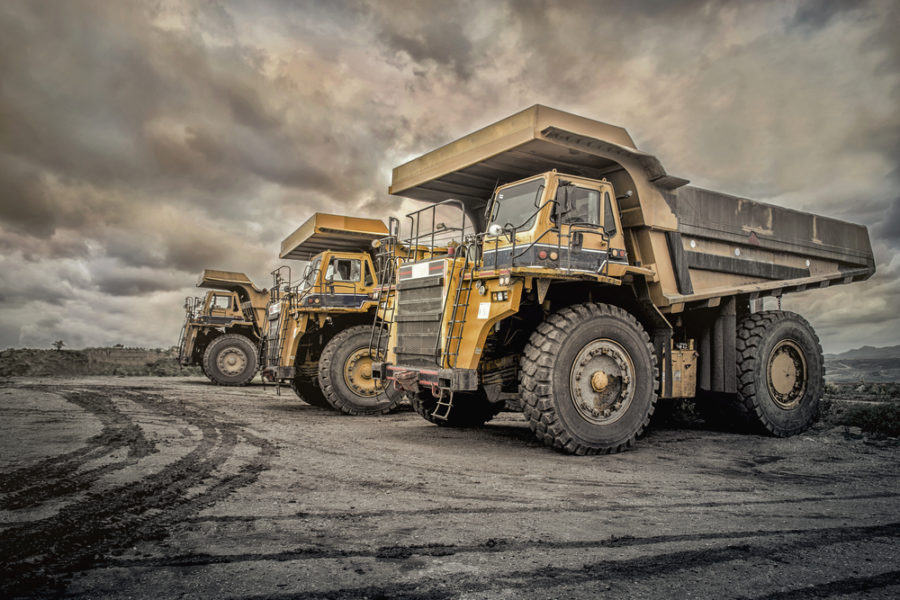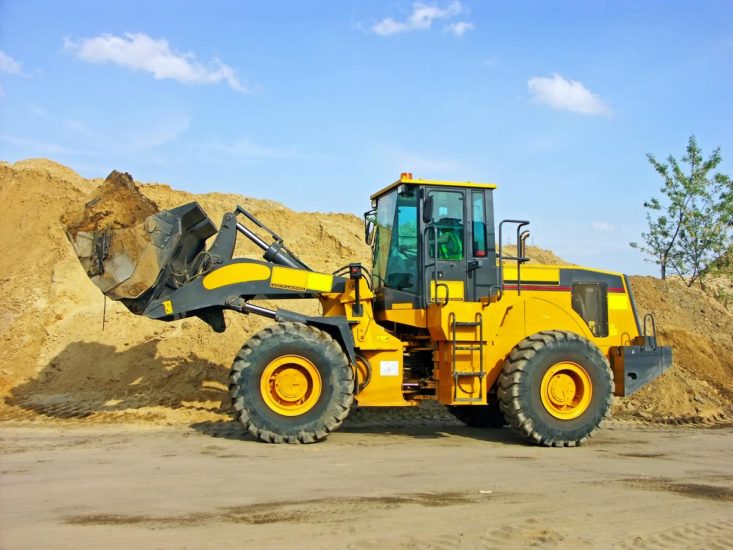Discover the very best Rental Company Near Me for Equipment
Wiki Article
Leasing Vs. Acquiring Construction Equipment: Making the Right Choice for Your Task
When beginning on a construction task, one of the crucial choices that predict stakeholders and managers face is whether to rent out or get building equipment. The decision hinges on various aspects such as price considerations, task period, devices maintenance, flexibility, threat, and scalability monitoring.Price Factors To Consider
When evaluating the financial aspect of renting out versus purchasing building equipment, the long-term expenses and upfront prices need to be meticulously taken into consideration. Leasing tools usually calls for lower first settlements contrasted to acquiring, making it an attractive option for temporary jobs or specialists with budget plan restrictions. Leasing gets rid of the demand for big capital outlays and minimizes the monetary threat related to tools possession, such as maintenance and depreciation expenses. Nevertheless, over time, continually leasing tools can build up greater costs than acquiring, specifically for extended tasks.On the other hand, buying building and construction equipment includes greater in advance expenses but can result in long-term cost savings, especially for long-term tasks or constant customers. Having equipment supplies adaptability, comfort, and the capacity for resale worth once the job is finished. In addition, possessing equipment enables personalization and familiarity with specific equipment, possibly enhancing effectiveness and performance on-site. Ultimately, the choice between acquiring and renting building devices rests on the task's duration, frequency of usage, spending plan factors to consider, and lasting economic goals.
Job Duration

On the other hand, for long-term jobs or recurring building and construction job, buying tools might be the much more cost-effective alternative. Getting devices can bring about cost savings in the future, specifically if the tools will certainly be frequently used. In addition, possessing equipment gives a sense of control over its accessibility and enables for customization to fit particular job requirements.

Equipment Upkeep
Offered the crucial duty project duration plays in figuring out one of the most economical method in between renting and getting construction devices, the emphasis currently shifts in the direction of checking out the vital facet of equipment maintenance. Appropriate upkeep is essential for ensuring the optimum performance and longevity of building and construction tools. Leasing tools frequently includes the advantage of having actually well-kept equipment given by the rental company. This can reduce the burden of upkeep jobs from the task owner or specialist, saving time and initiative. On the other hand, owning devices needs a positive technique to maintenance to stop breakdowns, ensure safety and security, and prolong the tools's life-span. Routine assessments, maintenance, and timely fixings are essential to maintain owned and operated tools in top working condition. Consider upkeep costs when making a decision in between purchasing and renting, as neglecting maintenance can result in expensive repair work, downtime, and project delays. Ultimately, a well-maintained building and construction devices fleet, whether rented out or had, is necessary for the successful and effective completion of building and construction tasks.Versatility and Scalability
In the world of building and construction tools management, the element of adaptability and scalability holds significant value for project efficiency and resource use. Deciding to lease building tools provides a high level of flexibility as it permits the quick adjustment of equipment kinds and amounts based on the advancing demands of a task. Renting enables specialists to access a large range of specialized equipment that may be needed for certain tasks without the long-term commitment of possession. This versatility is particularly helpful for projects with differing demands or unsure durations (mini excavator rental).Renting out construction devices provides the advantage of easily scaling procedures up or down as task demands vary. Service providers can rapidly include or trade tools to match the project's altering demands without the restrictions of having assets that might end up being underutilized or outdated.
Risk Management
Reliable danger management in construction tools operations is critical to ensuring task success and mitigating possible financial losses. Construction projects inherently include various risks, such as devices failures, crashes, and project hold-ups, which can considerably influence the job timeline and spending plan. By meticulously thinking about the threats connected with owning or renting building and construction equipment, project managers can make informed choices to lessen these possible risks.Renting out construction equipment can supply a level of threat reduction by moving the duty of maintenance and repair services to the rental firm. This can reduce the economic concern on the project owner in instance of unexpected devices failings (forklift rental). Furthermore, mini excavator rental renting out provides the adaptability to gain access to customized devices for specific job phases, lowering the danger of possessing underutilized equipment
On the various other hand, possessing building devices gives a sense of control over its use and upkeep. Nevertheless, this also indicates bearing the full responsibility for fixings, maintenance expenses, and devaluation, boosting the monetary risks connected with devices possession. Cautious danger analysis and factor to consider of aspects such as task duration, devices application, and maintenance needs are essential in determining the most ideal option for reliable risk management in construction projects.
Conclusion
Finally, when determining in between renting and purchasing building and construction tools, it is essential to take into consideration expense, task duration, equipment upkeep, adaptability, scalability, and danger administration. Each factor plays a critical function in identifying the most suitable choice for the task at hand. By meticulously examining these aspects, job supervisors can make an informed choice that straightens with their spending plan, timeline, and general job objectives.
Report this wiki page